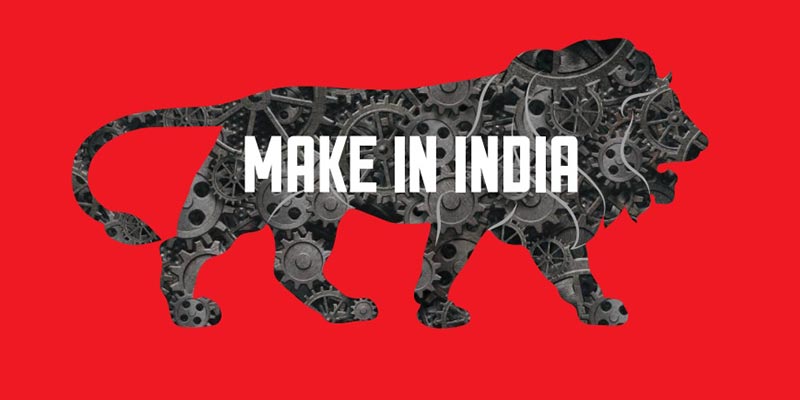- India
- Dec 10
Make in India 2.0 focuses on 27 sectors and 24 sub-sectors
• The ‘Make in India’ initiative was launched on September 25, 2014, to facilitate investment, foster innovation, building best in class infrastructure, and make India a hub for manufacturing, design, and innovation.
• Since its launch, Make in India has made significant achievements and is now focusing on 27 sectors under Make in India 2.0.
The 27 sectors under the initiative are:
Manufacturing Sectors
• Aerospace and Defence
• Automotive and Auto Components
• Pharmaceuticals and Medical Devices
• Bio-Technology
• Capital Goods
• Textile and Apparels
• Chemicals and Petrochemicals
• Electronics System Design and Manufacturing (ESDM)
• Leather & Footwear
• Food Processing
• Gems and Jewellery
• Shipping
• Railways
• Construction
• New and Renewable Energy
Service Sectors
• Information Technology & Information Technology enabled Services (IT & ITeS)
• Tourism and Hospitality Services
• Medical Value Travel
• Transport and Logistics Services
• Accounting and Finance Services
• Audio Visual Services
• Legal Services
• Communication Services
• Construction and Related Engineering Services
• Environmental Services
• Financial Services
• Education Services
• The Department for Promotion of Industry and Internal Trade (DPIIT) is coordinating action plans for 15 manufacturing sectors, while the department of commerce is coordinating for 12 service sectors.
• Now, DPIIT is working closely with 24 sub-sectors which have been chosen keeping in mind the Indian industries strengths and competitive edge, need for import substitution, potential for export and increased employability.
These 24 sub-sectors are:
Furniture, air-conditioners, leather and footwear, ready to eat, fisheries, agri-produce, auto components, aluminium, electronics, agrochemicals, steel, textiles, EV components and integrated circuits, ethanol, ceramics, set top boxes, robotics, televisions, close circuit cameras, toys, drones, medical devices, sporting goods, gym equipment.
• The government is making efforts under investment facilitation, including financial assistance to Invest India, for implementation of Make in India action plans to identify potential investors.
• Support is being provided to Indian missions abroad and state governments for organising events, summits, road-shows and other promotional activities to attract investment in the country under the Make in India banner.
• Investment outreach activities are being carried out for enhancing international cooperation for promoting foreign direct investment (FDI) and to improve Ease of Doing Business (EoDB) in the country.
• Steps taken to improve Ease of Doing Business include simplification and rationalization of existing processes.
• DPIIT, in consultation with the state governments, has also started a comprehensive reform exercise in states and UTs.
• Under Business Reforms Action Plan (BRAP), all states/UTs in the country are ranked on the basis of reforms implemented by them on designated parameters. This exercise has helped in improving business environment across states.
• Measures taken by the government on FDI Policy reforms have resulted in increased FDI inflows in the country year after year. India registered its highest ever annual FDI inflow of $81.97 billion (provisional figures) in the financial year 2020-21 despite the COVID-19 pandemic related disruptions.
• In the last seven financial years (2014-21), India has received FDI inflow worth $440.27 billion which is nearly 58 percent of the FDI reported in the last 21 years ($763.83 billion).
Manorama Yearbook app is now available on Google Play Store and iOS App Store


